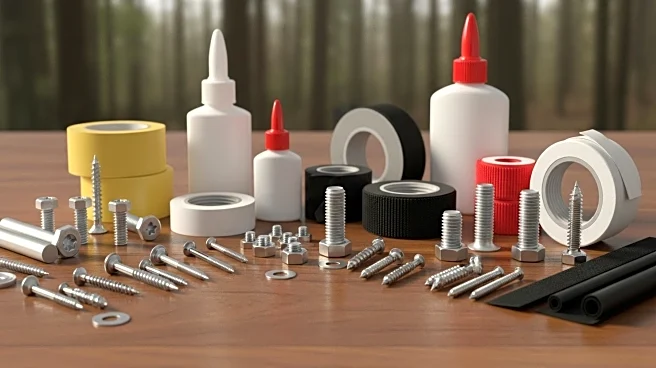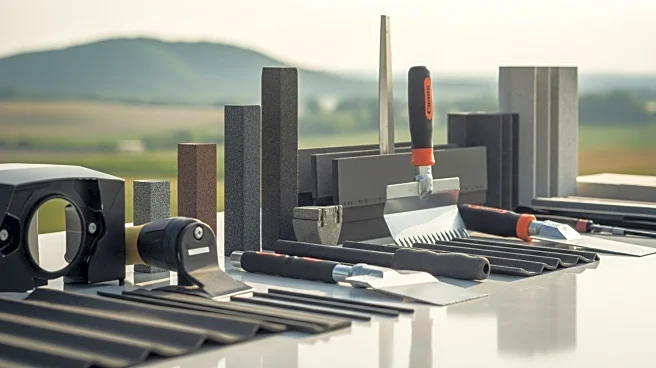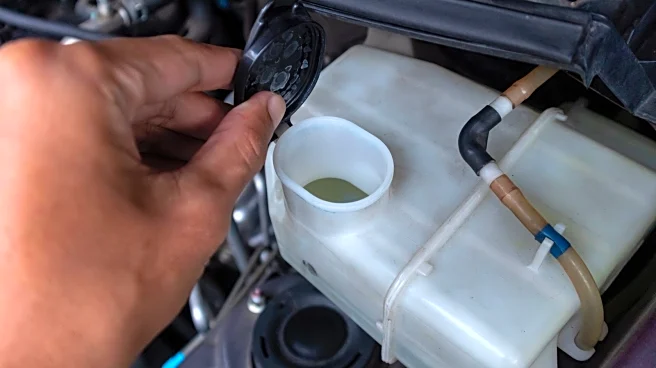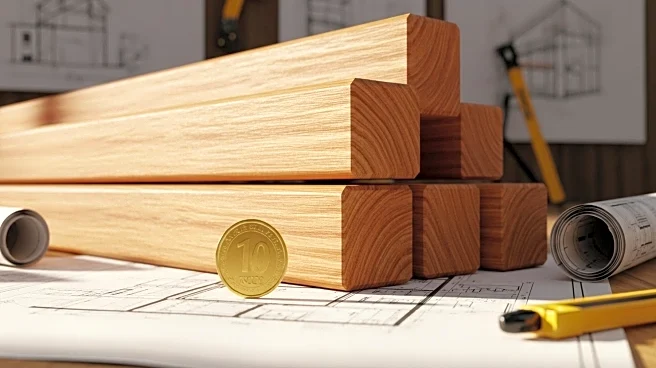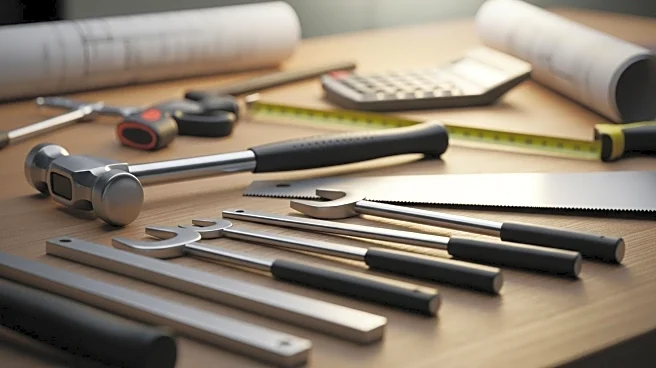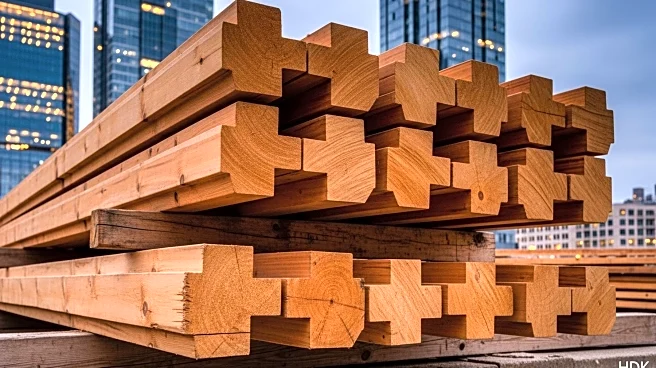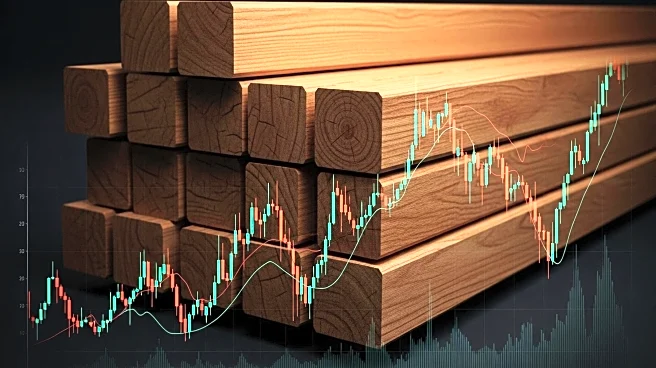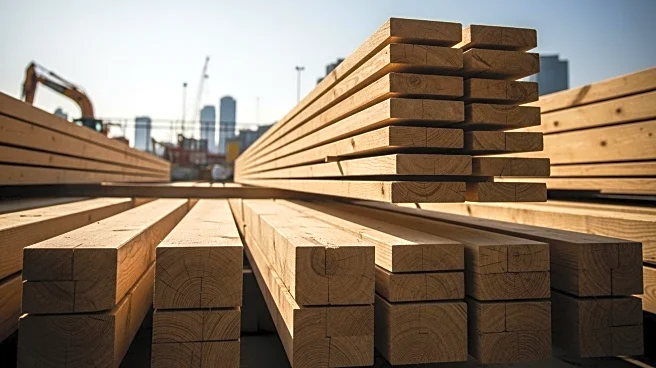What is the story about?
What's Happening?
The mass timber industry is examining various production technologies to enhance sustainability and efficiency in construction. Mass timber, known for its ability to store carbon and replace steel and concrete, is being produced using different methods, including cross laminated timber (CLT) and laminated veneer lumber (LVL). The industry is debating the use of adhesives versus mechanical fasteners like dowels and screws. Adhesive-based products offer high strength and standardized performance but pose challenges such as embodied carbon and recycling difficulties. Mechanical systems, while offering ecological benefits, require thicker panels and are less standardized. Innovations like lignin-based adhesives are being researched to reduce reliance on petrochemical inputs.
Why It's Important?
The choices made in mass timber production have significant implications for the construction industry, impacting costs, carbon balances, and building designs. As mass timber gains popularity for its environmental benefits, the industry must navigate technological and material choices that affect sustainability and scalability. The debate between adhesives and mechanical fasteners highlights the trade-offs between efficiency and ecological simplicity. These decisions will shape the future of construction, influencing policy, industrial strategy, and climate action.
Beyond the Headlines
The exploration of lignin-based adhesives represents a potential shift towards a fully bio-based materials cycle, enhancing the environmental credentials of mass timber. This innovation could lower the embodied carbon of timber products and support a more sustainable building sector. The industry's focus on reducing waste and improving material efficiency aligns with broader climate goals, positioning mass timber as a key player in sustainable construction.
AI Generated Content
Do you find this article useful?
